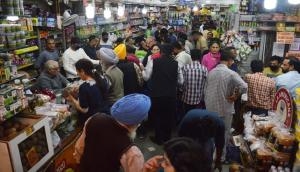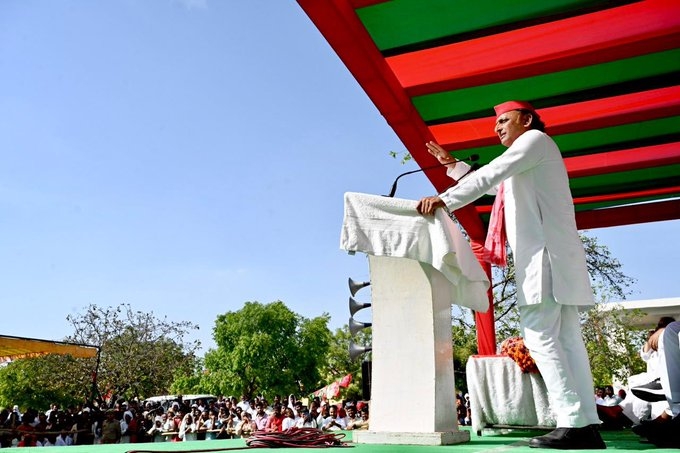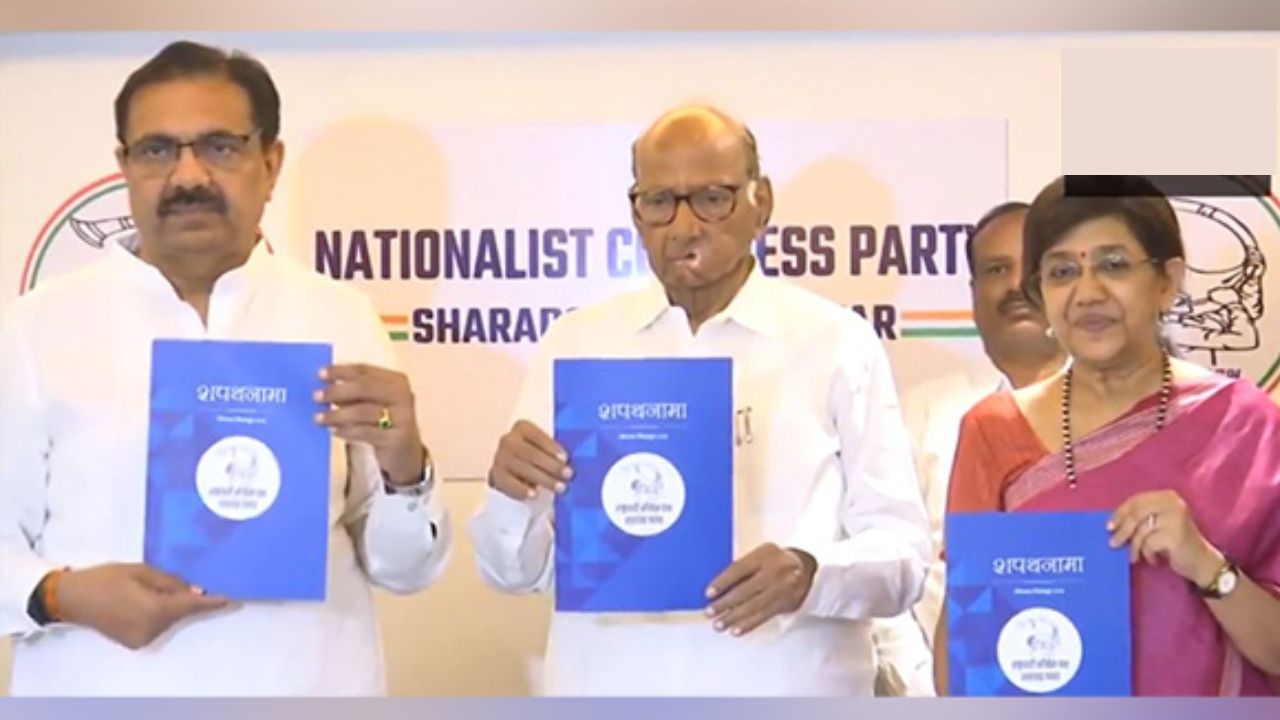
Chief economic advisor Arvind Subramanian on Friday, has submitted his report on the Goods and Services Tax (GST) to Finance Minister Arun Jaitley.
This report outlines the scope of the ambitious reform that aims to re-haul the country's indirect code as per reports by Moneycontrol.
Below are some key points:
The committee basically proposes a revenue-neutral rate (RNR)* Goods and Services Tax rate of 15 per cent.
Revenue neutral rate is the rate at which there is no tax loss
It paves the way for the country's biggest tax reform that will help accelerate economic growth by 1-2 percentage points and curb inflation.
A lower rate has been proposed at 12 per cent while the standard rate was mooted at 17-18 per cent. Subramanian has stated that the RNR is the rate that will preserve all revenues.
In practice, there will be a lower rate and a higher standard rate that will apply to a majority of goods. Experts say introduction of GST will cut down on tax collection inefficiencies, improve compliance, boost inter-state trade and up GDP growth.
"The country has a historic opportunity with the GST. It will strengthen the country's tax institutions, get rid of barriers within states and create a common market," Subramanian said at a press conference.
The panel has excluded real estate, electricity, alcohol and petroleum products while calculating the tax rate, as some states have expressed reservations over giving up tax control on the lucrative items but the CEA panel suggested these be brought under the GST ambit soon.
Key points about GST:
- Good and Services Tax (GST) is the biggest indirect tax reform since 1947 and it will be levied on manufacture, sale and consumption of goods and services.
- The GST will have only three kinds of taxes - Central, State and the integrated GST to tackle inter-state transactions.
- Analysts estimate that it would increase India's GDP by up to 2 per cent.
- The NDA wants to keep alcohol, petroleum products, electricity and tobacco out of GST. The idea is to compensate "manufacturing states" for loss of revenue.
- Meanwhile, the Opposition argues that except for alcohol, the omitted items account for a substantial part of the input cost of manufacturers. And if they are left out, the companies would lose most of the benefits of GST.
- According to reports, NDA may agree to the 18 per cent limit on GST and may also agree to waive off 1 per cent levy for manufacturing states.
- The major focus of the GST is to transform India into a uniform market by breaking the current fiscal barrier between states.
- Therefore, GST will facilitate a uniform tax levied on goods and services across the country.
- The indirect tax system in India is mired in complications as overlapping taxes are levied by the Centre and the State separately.
- Meanwhile, GST will have a dual structure and can boast of twin components - the Central GST and the State GST. Both will both have separate powers to legislate and administer their respective taxations.
- Currently, businesses in India are subjected to tax regimes of the particular states they operate from. This is to the disadvantage of companies based out of certain states or those operating in multiple states.
- Taxes such as excise duty, service, central sales tax, VAT, entry tax or octroi will all be included by the GST under a single cover.
- With passage of the GST bill, one can expect a climate of improved tax compliance.







![BJP's Kapil Mishra recreates Shankar Mahadevan’s ‘Breathless’ song to highlight Delhi pollution [WATCH] BJP's Kapil Mishra recreates Shankar Mahadevan’s ‘Breathless’ song to highlight Delhi pollution [WATCH]](http://images.catchnews.com/upload/2022/11/03/kapil-mishra_240884_300x172.png)

![Anupam Kher shares pictures of his toned body on 67th birthday [MUST SEE] Anupam Kher shares pictures of his toned body on 67th birthday [MUST SEE]](http://images.catchnews.com/upload/2022/03/07/Anupam_kher_231145_300x172.jpg)






